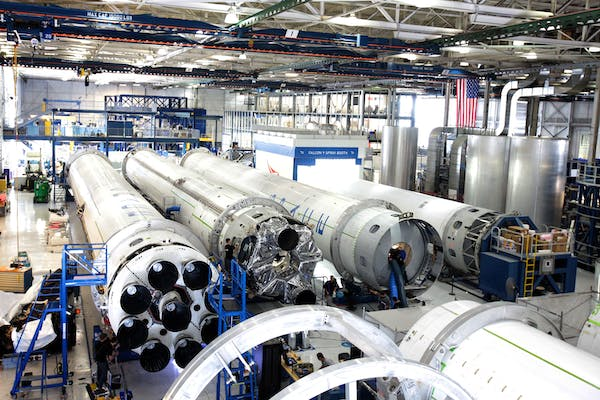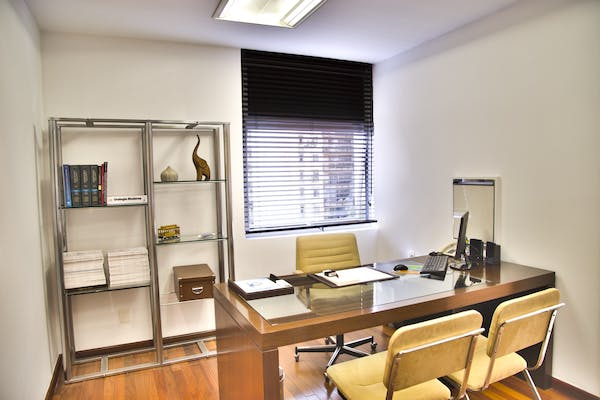The food of the future will grow in the controlled environments of innovative greenhouses and vertical farms. In addition, to control light cycles and temperature, greenhouse farmers will also need a humidification solution. Too much humidity can encourage disease. Too little humidity can lead to damaging effects of desiccation and low yield. Plants are natural air conditioners, but when grown in an unnatural environment, like a greenhouse, it is up to the farmer to help create optimum conditions with environmental control systems.
The Future Of Food Production
Right now farmers around the world are trying to feed nearly 8 billion people. Within the next 35 years, the number of hungry human mouths is expected to grow to nearly 10 billion. During that time the effects of climate change and populations shift to make agriculture, which is unsustainable. According to Jonathan Foley, Director of the University of Minnesota’s Institute on the Environment, the solution to this challenge may be rows of greenhouses in rural areas and towers of vertical farms in urban centers, rather than acres and acres of fields of waving grain.
Reducing The Size Of The Footprint
To create quality agricultural land, forests must be cut down, grasslands and prairies must be plowed under. Already, in some areas around the world, complete ecosystems has lost entirely. The expansion of traditional agriculture to feed a blossoming population is just not sustainable. In addition, the transition to the technology of vertical farms and climate controlled greenhouses are sensible solutions for prioritizing an end to deforestation and reducing the size of the footprint commercial agriculture is leaving upon the planet.
Vertical Farming
Urban areas, even inner cities that are virtual food deserts, can have access to healthy, fresh fruits and vegetables through the emerging technology of vertical farms. Basically, these are stacked greenhouses. Water and humidity systems are self-contained. Dutch researchers have designed a system that produces no excess evaporation into the air or water runoff onto the ground. By recycling, its own water and the natural humidity produced by the plants, vertical farms conserve about 10% more water than a traditional farm that would produce a similar yield. In addition to water savings, a vertical farm costs less to create and maintain, making vertical farming an attractive approach for communities interested in local food production.
Modern Greenhouse
The future of greenhouses is to replace the model of plants in soil to crops grown in climate controlled “clean rooms”. Plants grow soil-less in a design that flushes root systems with nutrient-rich water. This model provides numerous benefits:
- Better control of environmental variables.
- Inhibit growth of contaminating microbes.
- Reduce risk of introducing a foreign contaminant.
- Reduce risk of cross-contamination.
- Increase yield.
- Smaller agricultural footprint than traditional farm producing the same yield.
The most up-to-date greenhouses feature a biometric system that includes an automated solution for humidity control.
Why Humidity Control Is Necessary
When thinking about farming and the element of humidity, images of a lush tropical rain forest may come to mind. A person may think that the more humidity surrounding the plant, the better. However, that is not necessarily true with every plant. Too much humidity for some crops can be just as devastating as too little for others. Because plants naturally produce humidity, this can be the most difficult to control environmental aspect. That is why a smart, automated humidification system is necessary for success in greenhouse farming.
Plants are constantly transpiring into the surrounding air. As they do so they contribute moisture to the air. Air that is too humid can cause foliage and root diseases. Plant stress results in lower yields. However, attempts to reduce humidity can create other problems. If the air becomes too arid, leaf drop can occur. Growth slows, resulting in marketable yields that are of poorer quality.
How A Humidification Solution Can Increase Yield
Not only does a smart, automated humidification solution can help to create the optimum moisture conditions in a greenhouse’s air, but it also helps to maintain a consistent temperature. There is a direct correlation between humidity levels and temperature fluctuations. Plants thrive in a consistent climate. Extremes can wreak havoc. Automated humidity controls respond to slight environmental changes, making it possible to maintain strict growing conditions. The best humidification systems today can increase humidity levels as needed without creating pools of water that can contribute to the growth of fungus, mold, and mildew. A smart fogging system is designed for maximum evaporation of water droplets into the air rather than collecting on the plants or greenhouse surfaces.
For more information on the latest humidification solution for your greenhouse or vertical farm, please contact us.





